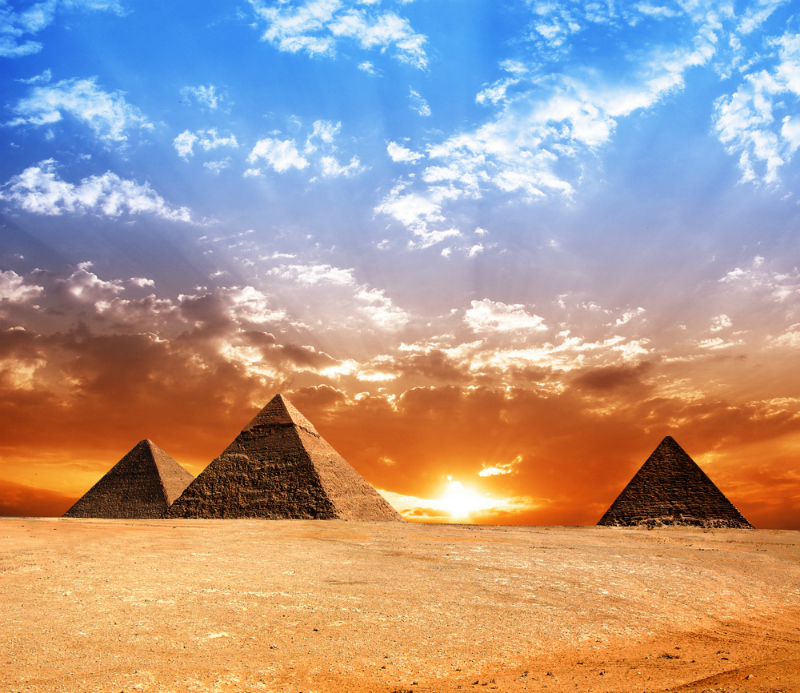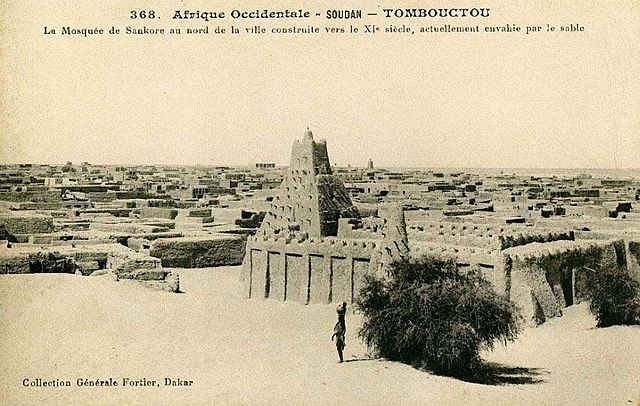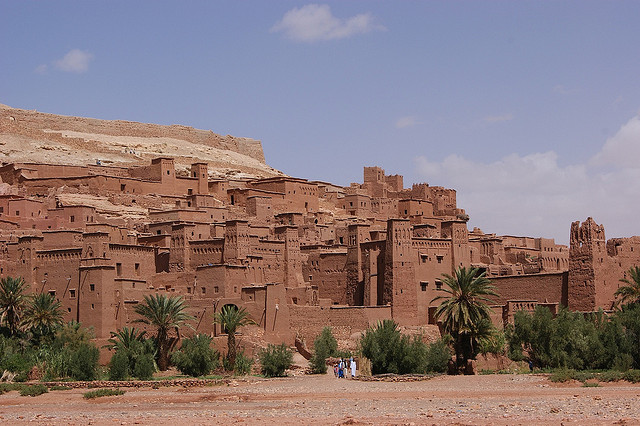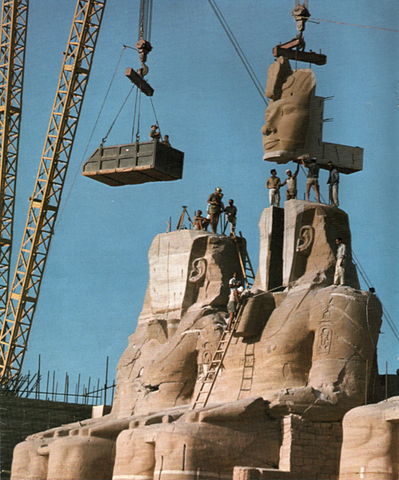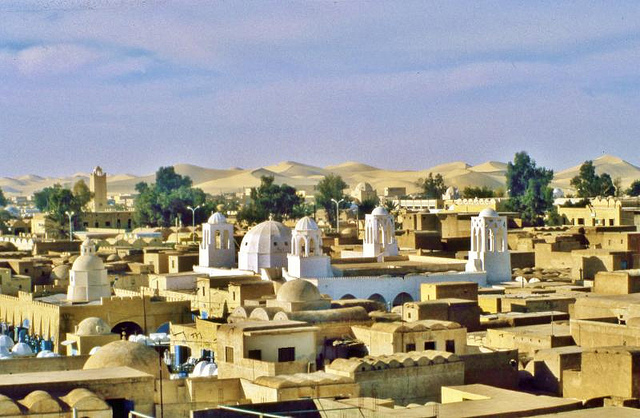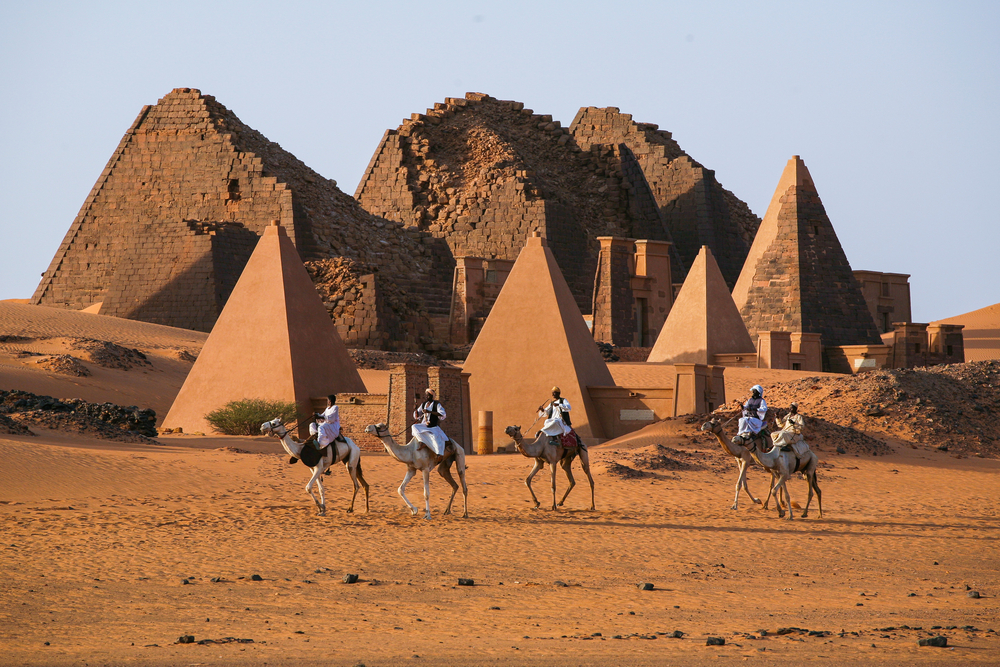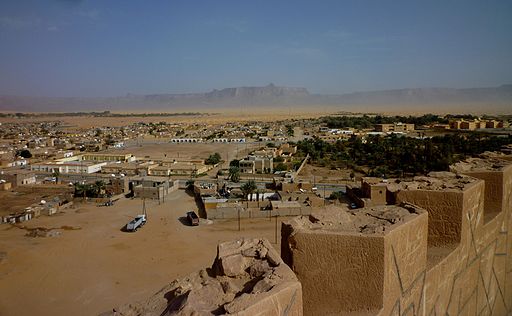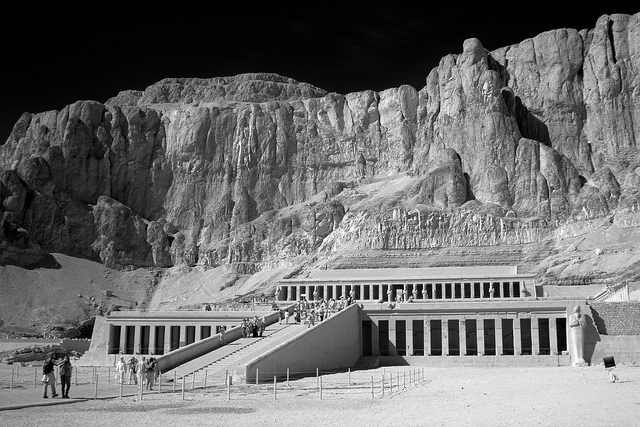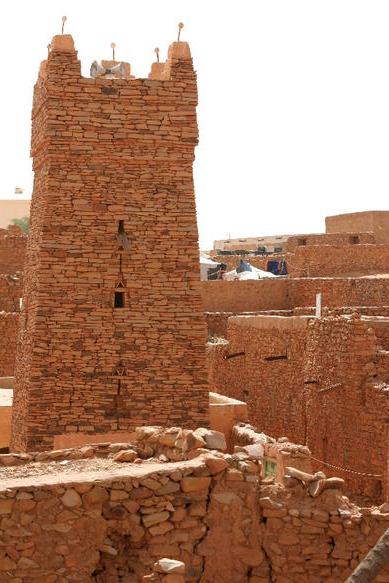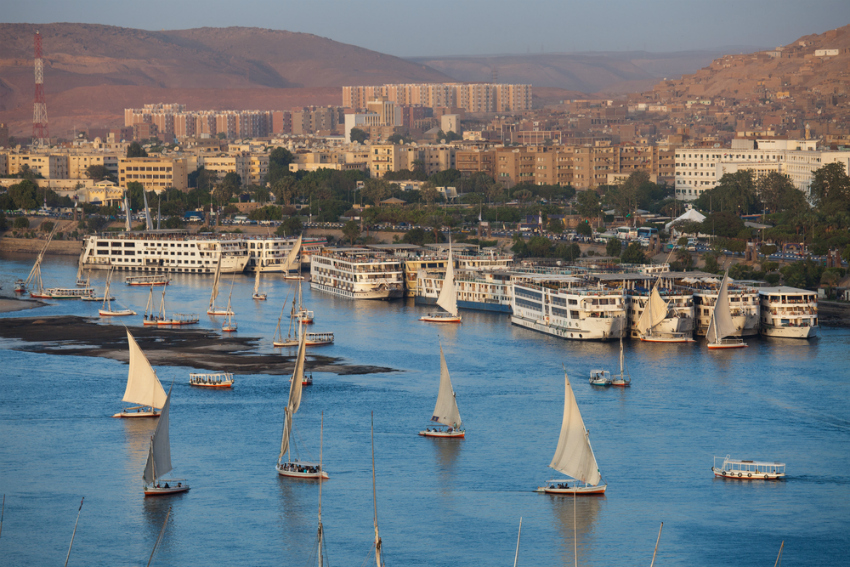The vast Sahara desert has conjured images of pyramids, ancient temples, Roman ruins, oases, and camel caravans for thousands of years. As the largest desert in the world (if you don’t count Antarctica), most of us still hold these images in our minds when we hear the word. Covering a dozen countries, the millions of square kilometers are home to hundreds of impressive and important historical sites. Of course, some are more impressive than others and collected here are the 15 most impressive historical sites of the Sahara.
1) Giza
The penultimate site of any desert in the world, the Pyramids of Giza epitomize desert history. A true accomplishment to the achievements of mankind, the Great Pyramid of Cheops stands an astonishing 449 feet tall (137 meters). The lesser pyramids are equally impressive, and who can forget the Sphinx as it stands watching over it all. While the city of Cairo has encroached upon the sites and Egypt’s political turmoil has stifled tourism, there is no better time to go than now while tourist numbers and prices are low.
2) Timbuktu
Another classic desert site, the ancient city of Timbuktu in Mali stood as the first and last stop when trekking across the Sahara in ancient times. An site of learning, religion, and trade, its narrow, dusty alleys have seen better days. In 2012, the Tuareg rebellion which took over northern Mali was co-opted by hardline Islamists, so much of the area (including Timbuktu) is off limits due to safety concerns. We hope stability returns to this magical place soon.
3) Ait Benhaddou
As you drive through the Atlas Mountains and into the growing desert, suddenly, you take a turn around a bend and the dreamlike site of Ait Benhaddou appears out of nowhere. Constructed entirely out of mud brick, you must cross the river on sunken sandbags to reach the entrance where you can wander for hours (or stay overnight in a few converted guesthouses). Featured in films and TV shows like Gladiator and Game of Thrones, Ait Benhaddou is a truly special places.
4) Tree of Ténéré
One of the most famous trees in the world, the Tree of Ténéré was a solitary acacia in the Ténéré region of northern Niger. The reason it was so well known was because there were no other trees around for almost 300 miles (500 km). The ancient and isolated tree was tragically knocked down by a drunk Libyan truck driver in 1973. We don’t know how you could hit the only tree for hundreds of miles either. A new metal representation of the old tree was installed on the spot as a tribute.
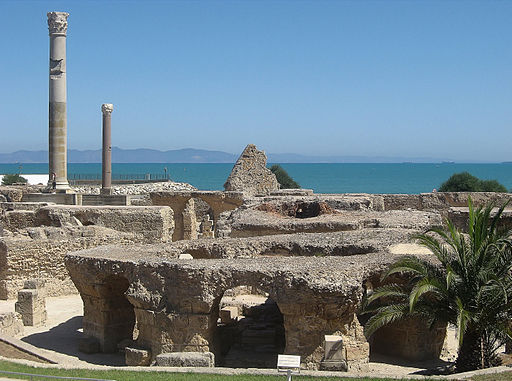
(Ludmila Pulecka/Wikimedia Commons) Creative Commons 3.0
5) Carthage
The center of the Carthaginian Empire 1,000 years BCE, historic Carthage still draws thousands to its impressive streets. The Phoenician colony developed over the millennium to become one of the most powerful city-states on the Mediterranean. However, the Punic Wars eventually led to its downfall. The Carthaginians were famous for the Hannibal-led invasion of Italy where he led his army and elephants through the Alps. They were defeated, and eventually Rome destroyed the great city in 146 BCE.
6) Abu Simbel
The breathtaking site of Abu Simbel is only dwarfed by the effort that was undertaken to preserve it. The Great Temple of Ramses II and the surrounding antiquities were all painstakingly relocated when Lake Nasser was created by the construction of the Aswan High Dam in the 1960s. Every structure was sawed into numbered blocks and reconstructed further up the Nile.
7) El-Oued
This impressive oasis town appears like a mirage out of the Algerian sands. Known as the City of a Thousand Domes, an underground river allowed date palms to be grown and for the use of bricks for construction (which is rare for a desert town). Come here to really feel like you’re stepping into another time in this picturesque desert dwelling.
8) Meroë
The Pyramids of Meroë are inarguably one of the most impressive sites in the entire Sahara. Over 100 pyramids and structures rise out of the sands in the desert of northern Sudan. The steeper and smaller pyramids were remnants of the Nubian Kings of the Kingdom of Kush. Not only were these black pharaohs holding dominion over a large empire, but they were not discovered by Europeans until the 1820s. Due to Sudan’s isolation, you can wander the site at times and be the only tourist in site, compared to the millions that flock to Egypt.
9) Ghat
For centuries, the town of Ghat was one of the terminus points for the Trans-Sahara trade route. The idyllic town in southwestern Libya was also a major center of trade until a century ago when it was taken over as an Italian colony. The Italians built a garrisoned fort which is impressive and until Libya’s revolution, it was a jumping off point for desert excursions and the Tassili N’Ajjer Mountains.
10) Leptis Magna
The impressive ruins of Laptis Magna in northwestern Libya are one of Libya’s biggest tourist draws. But the instability of the region has unfortunately dropped the number of visitors to almost zero. Leptis Magna is important because it is one of the best preserved sites of Roman ruins in the entire world. Although abandoned in the 7th century, the city has lost none of its majesty.
11) Matmata
The tiny village of Matmata in Tunisia is another important Saharan site, but for more modern historical reasons. Famous for its troglodyte (cave) dwellings, the village was featured prominently in the original Star Wars series, continuing to draw fans to this day. It is possible to stay in a cave hotel, and with arrangements, visit a regular troglodyte house inhabited by the native Berber population.
12) Valley of the Kings
The Valley of the Kings in Luxor, Egypt has one of the highest concentrations of important archaeological sites in the world. As the burial place for many of Egypt’s pharaohs during the New Kingdom, there are a dozen tombs and necropolises to visit, including the most famous, the Tomb of Tutankhamun.
13) Jebel Barkal and Napata
The tiny flattened mountain of Jebel Barkal in Karima, Sudan was used as a landmark by trading caravans for centuries. Two small groups of pyramids called Napata lie at its foot and an ancient tomb can also be found at its base. Climb the mountain to witness an impressive sunrise over the Nile and relish the fact that you will most likely be the only tourist in the area.
14) Ksours of Mauritania
The Ksours (castles) of Ouadane, Chinguetti, Tichitt, and Oualata in Mauritania, along with their accompanying towns are grouped together as a UNESCO World Heritage Site and include some of the most impressive sites in Mauritania. Again, you’ll feel isolated and like a true adventurer as you wander the dusty alleys and marvel at these crumbling towers and fortifications which drew visitors for centuries before your arrival.
15) Aswan
Temples, tombs, and Nubian villages are the draws at Aswan, which has a markedly more laid back pace than most Egyptian places with important sites. The Aswan High Dam and Lake Nasser are possibly the most impressive modern architectural achievements in the whole of the Nile River area. There is plenty to see and do here, both modern and ancient, so don’t skip Aswan for Egypt’s more famous landmarks.
More from AFKTravel:
Why You Should Get Out There In The Kalahari Desert
Namibia’s Namib Desert, The World’s Oldest
15 Of The Most Incredible Deserts In Africa
This article was originally published October 20, 2014.
Want to discover the finer side of Africa? Sign up for our weekly newsletter.
